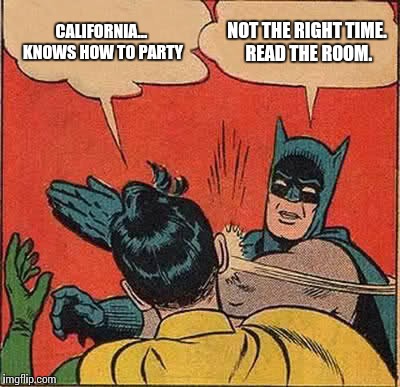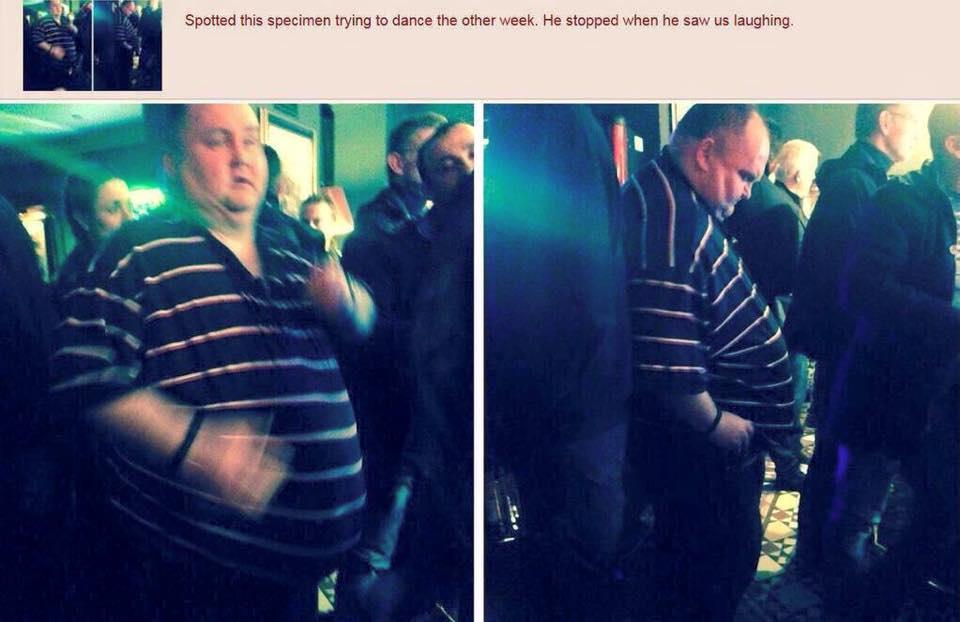Have you ever been in a situation where you didn’t pick up on what was going on around you? Did you end up saying or doing something that got you into a lot of trouble, upset other people, and/or embarrassed the crap out of you?
If your answer is yes to any of these, trust that we’ve all been there at some point in our lives.

“Reading the room” is not an innate skill. It can be influenced by a number of factors including anxiety, trauma, a lack of social role models, and neurodevelopmental conditions like Autism Spectrum Disorder, ADHD, and intellectual disability to name a few. The pandemic also had a profound impact on our ability to respectfully and appropriately engage with one another. There have been countless articles written about the shortening of people’s fuses, the demise of long term friendships and relationships over polarized beliefs and assumptions, and the lost art of conversation as a result of all that forced separation. Notwithstanding all of the above factors, one CAN learn (or re-learn) how to read the room and prevent “foot in mouth” incidents using the following three skills.
*Just a quick disclaimer before we proceed – the below skills are a simplified version of social skills training. More intensive therapeutic work may be necessary to address the deficits associated with some of the conditions and factors listed above.
Evolutionary processes have hard wired humans to react to facial expressions and body postures that signal danger and/or safety in order to survive the millennia. One of the most expressive parts of the body when it comes to assessing and expressing emotional states are the eyes. Non-verbal communication can tell you a lot about the vibe of the people and situations you may be walking into if you know what to look for.

SKILL #1 – Do a “Pause and Scan”
Before you enter a conversation and/or interact with people, take a minute or two to look at the scene in front of you. What is the setting? Who are you surrounded by and what are they doing? Pay attention to the facial expressions, the position of bodies in relation to each other, and the tone of people’s voices. Are they smiling or somber? Are they crying or laughing? Are they facing each other or turned away? Are they in close proximity to one another or spread out in a group? Are they loud and animated or soft spoken and reserved? All of these non-verbal forms of communication will help you assess if an approach would be welcome or not.
If the information you’ve gathered from your “pause and scan” green lights an approach, you’ll need to know what to say and how to say it. This brings us to our next skill…
SKILL #2 – Actively listen
Before you join the conversation, listen to what is being said even if it isn’t directed to you. Pay attention to the language people are using, their thought content, their prosody (i.e. the rhythm of their speech) and their mannerisms (i.e. gestures, hand movements, etc.) to get a feel for what might be appropriate to contribute. If the conversation is directed toward you, pay attention to what is being said and/or asked of you. The key with active listening is hearing the other person vs. waiting for your turn to speak. You are talking with them; not at them. Active listening can help you identify points of connection; however, verbalizing them may not be the right move. People will often miscue someone sharing their experience as an opportunity to share something that happened to them, but this can feel invalidating and dismissive to the other person.
Sharing is not always caring.
One way to let the other person know that you care about what they are saying is by making reflections. These reflections can be short restatements of what the other person has said using their own words or paraphrasing them. They can also mirror the emotions expressed by the person about their experience or what you felt taking in what they said. Reflections help build understanding as well as allow you to catch and correct any assumptions before they spill out of your mouth. And speaking of your mouth…
SKILL #3 – Speak with intention or don’t speak at all
Silence is a valuable tool. It creates space for people to process and reflect in conversation. It also helps you regroup if you don’t know what to say, so that you don’t impulsively fill the space w/ unnecessary words. Speaking with intention involves checking your communication style. Is your assertive, joking, or sarcastic tone appropriate for the situation and/or conversation? Will your metaphors and/or culturally specific expressions be understood by all the people involved? Never assume that things are common knowledge. A lot gets lost in translation and without context, can lead to misunderstandings that otherwise may have been avoided if you had just “read the room.”
See what I did there?
If you’re still unsure as to whether you’re reading the vibes and situation accurately, you can always ask about the other person’s experience. Some helpful prompts are “Tell me more about that. What was that like for you? How did you get into/out of that situation? Nothing demonstrates active listening better than gentle inquiry, genuine interest, and curiosity. I like to ask people what made them want to share their story or experience with me. The intention that they express helps to guide my response. If they wanted to entertain everyone and you were entertained, you can tell them so and ask if they want to be entertained by one of your stories. If they just wanted you to listen, there’s no need for sharing or a Q&A session. Just listen.

If you didn’t read the room properly, there’s no need to sink into the floorboards or beat yourself up about it. As I said earlier, we’ve all been there. How you handle the “foot in mouth” incident in that moment and after the fact is key. I’ve talked about “rupture and repair” before in previous posts when it comes to resolving conflicts and misunderstandings in relationships. The same process applies here.
Identify and take accountability for what you said and/or did (e.g. “I am so sorry if my comment came off as insensitive. I didn’t realize that what you were saying was serious and not something to laugh at.)
Tell them what you are going to correct in that moment to make sure that this doesn’t happen again. (e.g. “Please know that I am listening and won’t interrupt you. I will pay more attention to what is going on around me before inserting myself into the conversation.”)
If you are on the receiving end of the rupture, reflect back to the person what didn’t land well for you. (e.g. “I’m not sure why you’re laughing, but this isn’t a funny story and you’re not letting me finish.”) Tell them what kind of response, feedback, and/or behavior you expect from them moving forward. (e.g. “I need you to listen rather than assume what I am about to say. Let me finish my thought first so you’ll know the full story before reacting.”) A close friend and I came up with a term “Air Mail” for people who just don’t get it no matter what you say, how many times you say it, or what signals you give them to correct their behavior. If you find yourself dealing with an “Air Mail,” there’s no reading that room. Just politely walk away.






